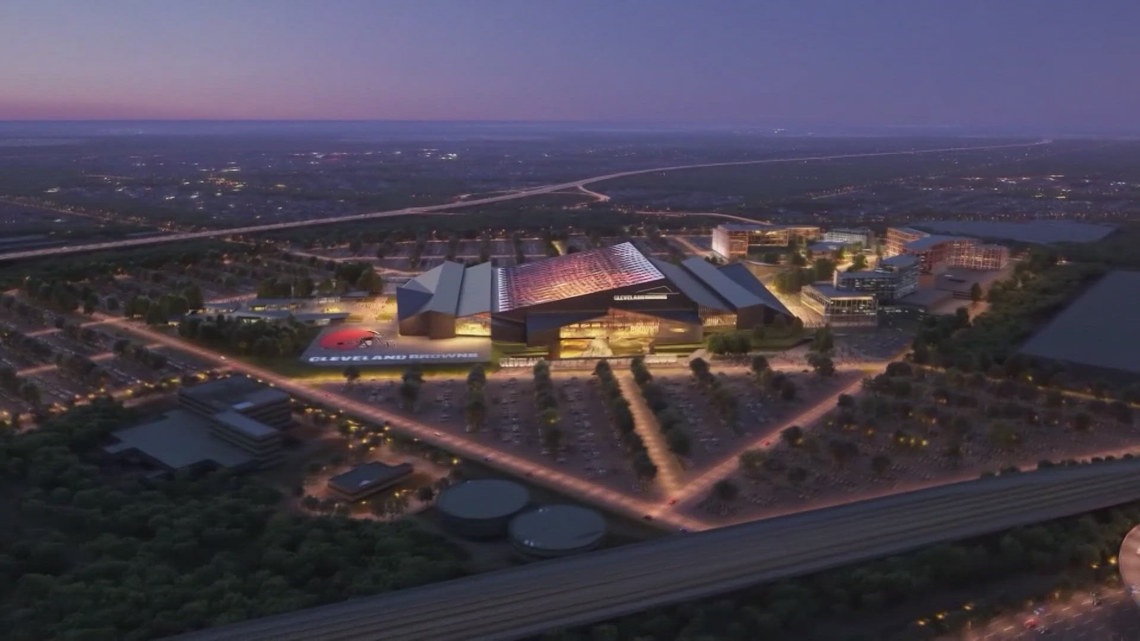
Brook Park Mayor Edward Orcutt says he is not signing off on the Browns’ stadium project until all financial details are confirmed.
BROOK PARK, Ohio — On Thursday, 3News sat down with Brook Park Mayor Edward Orcutt for an update on where things stand as the Cleveland Browns seek to build a $2.4 billion domed stadium in his city.
Orcutt said he’s not signing off on anything until all the numbers are right.
“We have to prepare ourselves for the worst-case scenario,” Orcutt explained. “We want to make sure that there is a backstop.”
So what would that “backstop” or financial safety net be?
“It’s a puzzle that we’re putting together, and as we put this together, I’m gaining more confidence in this project here in the city of Brook Park,” he responded.
Orcutt went on to say he’s “100 percent” confident the project will be built in town at the former Ford Motor Company site, but he’s working with his finance and engineering department heads to ensure the numbers make sense.
“What we’re going to have to do is over the next few months … we have to be definitive of what money is available to be able to make this project a reality,” he asserted. “Then what we want to do from there is make sure that we have everything in line to be able to get that shovel in the ground in 2026.”


Orcutt says from a financial standpoint, they’re still trying to lock down bonds from Cuyahoga County and figure out the tax rate increases for Brook Park residents. In the building department, officials are working on rezoning the project site properly and they’re calculating how costly infrastructure changes surrounding the stadium would be.
“What I want to make sure of is that if the product that is projected to be delivered is not there, then we’ll have to have a backstop to be able to have another source of revenue to pay for that,” he said. “We are a business. Brook Park definitely needs to bring in revenue from the 175 acres that are there. That revenue will be utilized to operate the city.”
Orcutt said extra revenue from the stadium would go towards increased operational costs for the city, new fire trucks, police vehicles, and ambulances, and towards building repairs.
